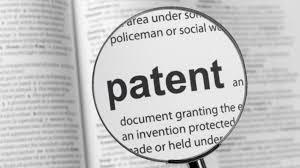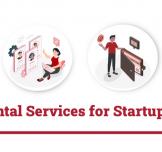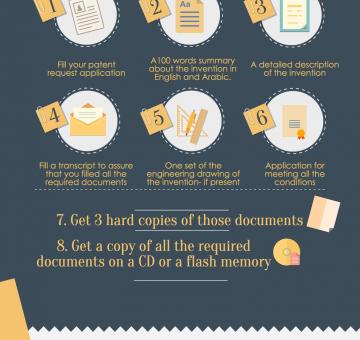What is a Patent?

What is a Patent?
According to the Academy of Scientific Research And Technology Egyptian Patent Office, a patent is an exclusive right for an invention, which is a product or a process that either offers a technical solution to a problem or represents a new way of doing things. This right provides a protection for the owner generally for a period of 20 years.
A patent gives its owner the right to control the use of their invention within the protection period. They may choose to give permission or license or even sell to other parties their invention based on agreed upon terms. After a patent expires, the invention is open to public domain, and no one has control over its use.
What are the criteria of a Patent?
There are certain conditions to be fulfilled for an invention to be patented. First, it must have a practical use. Second, it must satisfy the “Novelty/Originality” element, by adding something which did not exist before. Third, it has to be of a practical use,or “Useful” in other words and show an “inventive” step, which can not be reached by normal people with average knowledge of the field(nonobvious). Finally, it must be accepted as “Patentable” by the law. For instance, in many countries, some inventions can not be patented, including methods for medical treatment, scientific theories, etc..
To Patent or Not to Patent?
It is essential to evaluate your invention before proceeding with the Patent Application to verify whether it fulfills those conditions. And for this, the following is recommended, according to “Intellectual Property Guide” published by the University of North Carolina’s Small Business and Technology Development Center:
1.Performing a Patent Search
The first step is performing a Patent Search, also called “Prior Art Search”, to look up previously patented inventions. The purpose of this step is to make sure your invention has not been patented before, because even if this other patent expired, you can only patent the same invention once.
In case, if your invention hasn’t been patented before, this research would still serve as a market scan of the field to provide you with an overview of the market needs/recent trends.
This step saves you the money and time of going through application procedures for an invention that is already registered or has existing substitutes in the market(13).
There are many online libraries to aid with this search including, but not limited to:
- United States Patent and Trademark Office(USPTO)
- Espacenet
- Google Patents
Check the attached the free Espacenet guide to get started searching for patents.
You can also go for a professional patent search company/attorney who are specialized in patent search to ensure the uniqueness of your invention or consult your university TTO/TICO.
2. Which countries shall you apply for a patent in?
Filing for patents is expensive. So it is important to choose the countries that you want to file for patents in. Think of which countries are your biggest market, which ones offer you the cheapest production cost, etc.
3. Will your invention sell?
Even if your invention is original, it is equally important to assess its usefulness to know whether it will be worth the patent filing, or not. Does it solve/tackle a pressing problem(Not just any problem; you can invent a solution to a problem no one cares about)? Will it cause revolutionary changes in the field? Does it prove wrong one or some of the older concepts/theories taken for granted? What does YOUR invention add to society?
Your invention can be completely new, but completely worthless, both at the same time. That’s why market research at this point clarifies where your invention stands from the public perspective,beyond your own.
4.Evaluate Marketability
After determining that you have an original useful invention, next to check is its profitability. Despite the fact that your product might be one of its kind, there is a good chance that there are many existing other products, which solve the same problem as yours.
To ensure potential profits from your invention, those competitors will need to be identified and studied. This can perhaps make you develop your invention more, or to deal with an inconvenience their products already have,to have a competitive advantage over them or at least recognize what you need to succeed in this market. Some useful considerations to make for profitability at this point would include:
- What do consumers want from this field?
- Does this product meet their need?
- Is demand for this product seasonal or not?
- How large is the market for the product and industry? Is it big enough that needs no more contributions?
Patent Offices and resources:






































































EgyptInnovate site is not responsible for the content of the comments